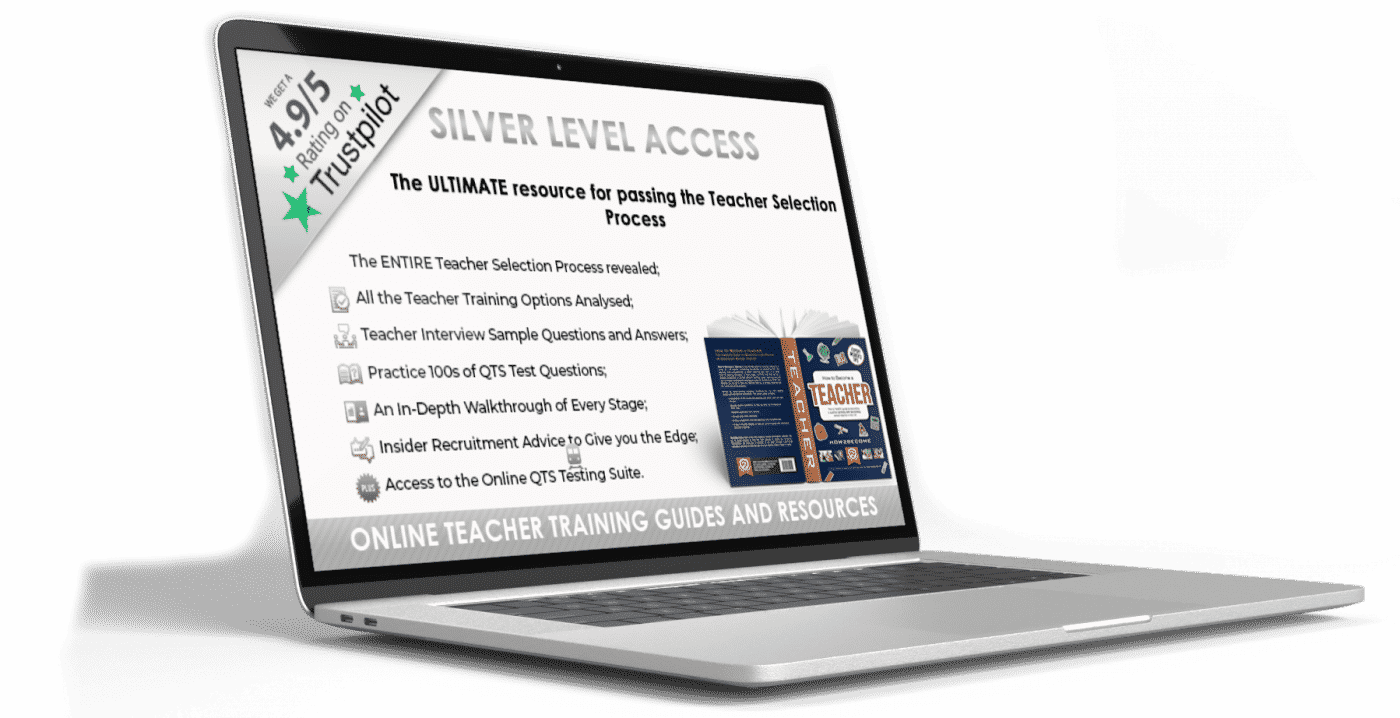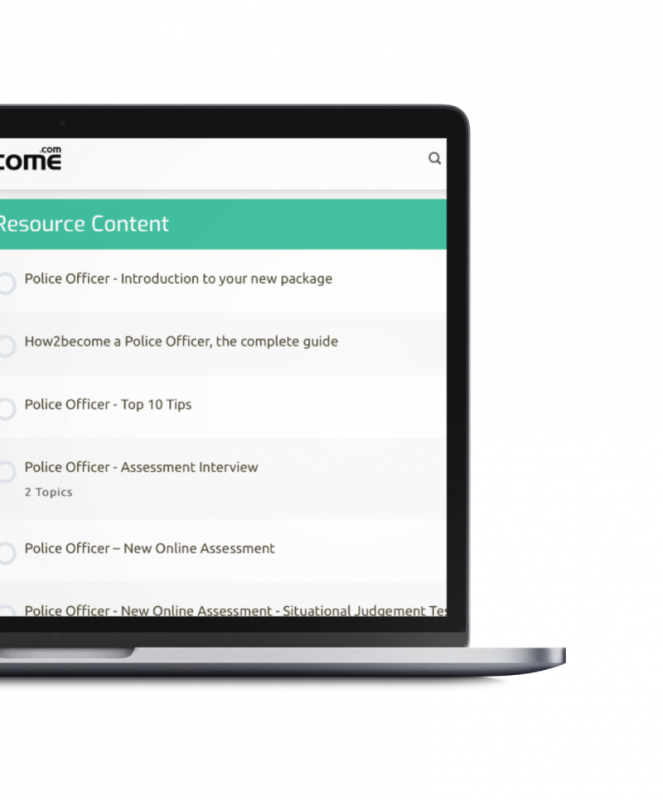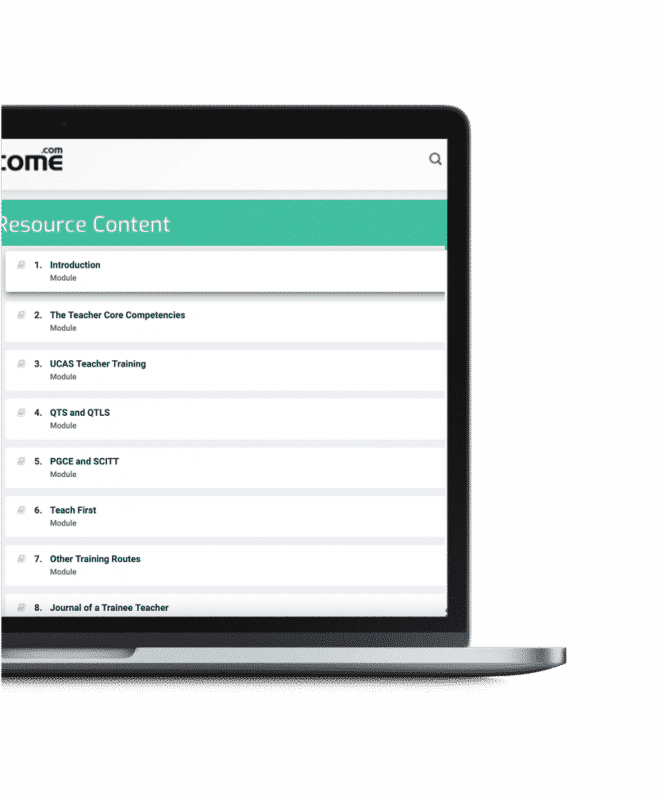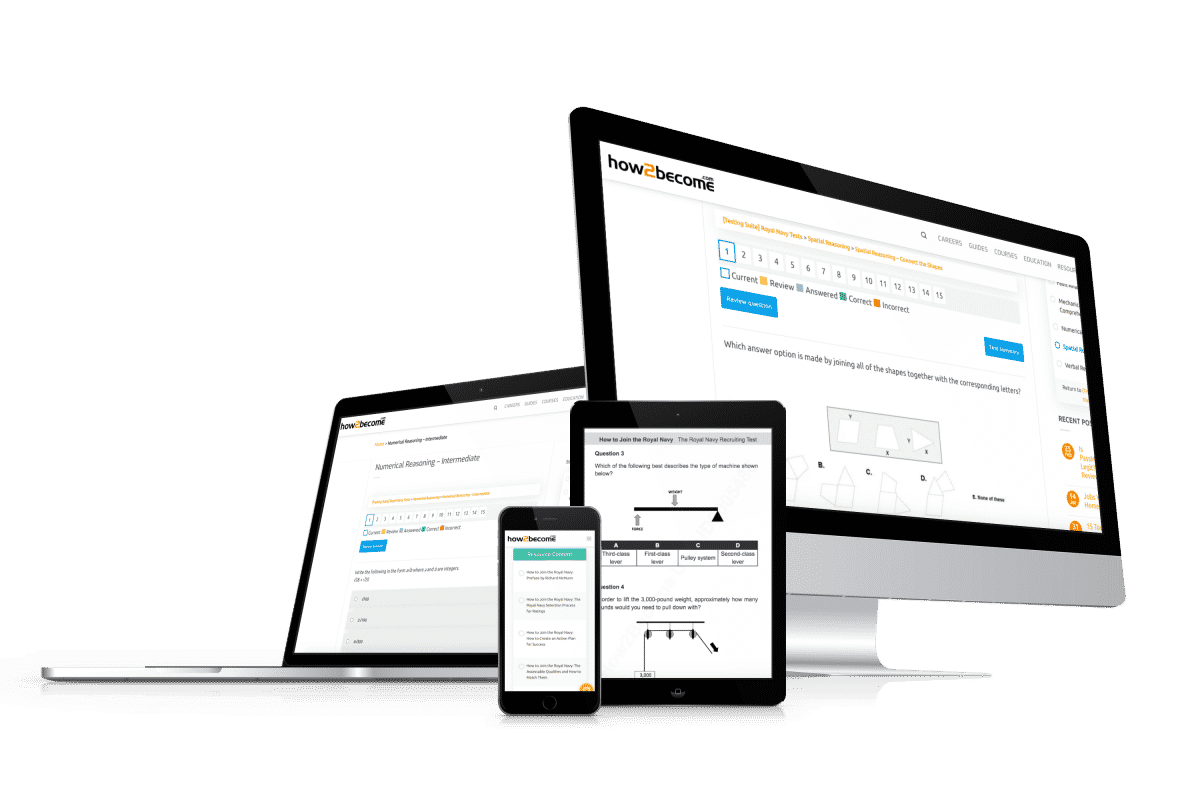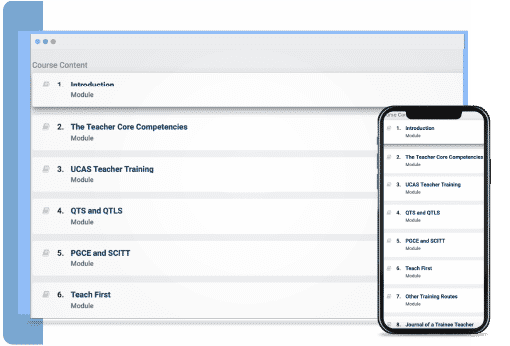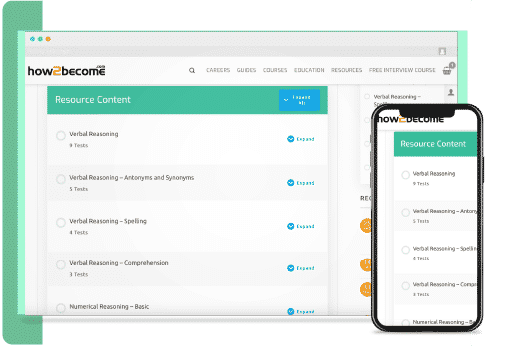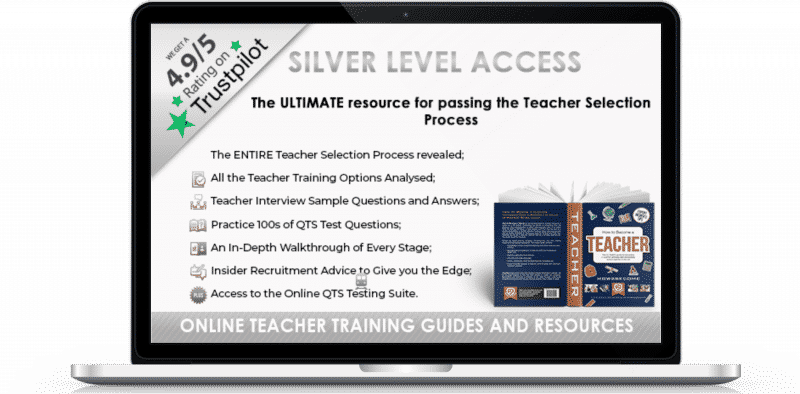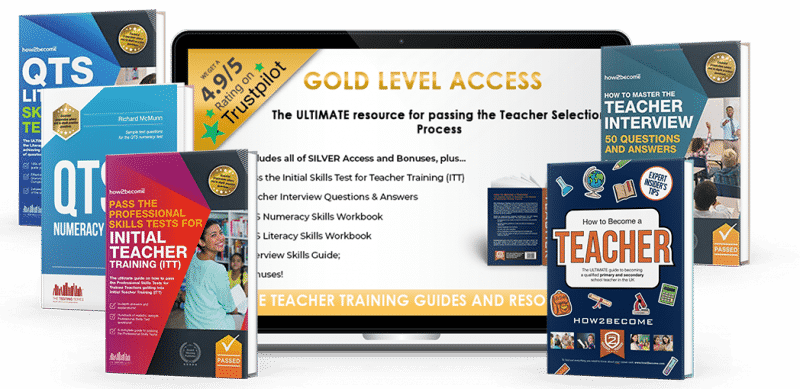Professional Skills Test; Breakdown of Components
Professional Skills Numeracy Test
The QTS numeracy test is a computer based assessment, which covers 3 separate areas: mental arithmetic, interpreting and using written data, and solving written arithmetic problems. You will only have a total of 48 minutes to complete the test, unless you have specifically requested special arrangements to be made.
Audio (mental arithmetic) questions
The first part of the test is a mental arithmetic section. This comprises of an audio test, which you listen to through provided headphones. This area of the test will assess your competence in the following key areas:
• Time;
• Fractions;
• Percentages;
• Measurements;
• Conversions.
During this section, each of the questions are individually timed and you are not allowed to use a calculator.
Written numeracy questions
During this part of the numeracy skills test you will need to answer computer-based questions. You are permitted to use a calculator during this test but not your own. An on-screen calculator will be provided. The test questions will assess your ability to interpret and use written data in the following key areas:
• Identifying trends correctly;
• Making comparisons in order to draw conclusions;
• Interpreting information accurately.
You will also be tested on your ability to solve written arithmetic problems, which are set in a variety of situations and will include:
• Time;
• Money;
• Proportion and ratio;
• Percentages, fractions and decimals;
• Measurements (e.g. distance, area);
• Conversions (e.g. from one currency to another, from fractions to decimals or percentages);
• Averages (including mean, median, mode and range where relevant);
• Using simple formulae.
Professional Skills Literacy Test
The QTS literacy test is a computer based assessment, which covers 4 different sections: spelling, punctuation, grammar and comprehension. You will take the spelling test first, before moving onto the other 3 sections. These sections can be completed in any order, however you cannot return back to the spelling section once it has been completed. The sections will be scored as follows:
• 10 marks for Spelling;
• 15 marks for Punctuation;
• 12 marks for Grammar;
• 12 marks for Comprehension.
While this can differ between years, it is estimated that you will need a minimum of 60% in order to pass this test. The sections of the test are as follows:
Spelling
During this exercise, you will be required to wear headphones. There will be 10 sentences on the screen, with one word deleted from each sentence. You’ll need
to click on the deleted section to listen to the deleted word, before typing it into the space. You will be judged on the accuracy of your spelling.
Punctuation
This is an online test, although you won’t be required to wear any headphones on this assessment. You will be given a passage or text with missing punctuation. You’ll need to identify where to place a punctuation mark, where lower case letters should be turned to upper case and where a new paragraph should start. You won’t be penalised for inserting correct punctuation where it is not necessary, but you won’t be rewarded either.
Grammar
This is a multiple-choice assessment. You will be given a passage that is incomplete, with different bits of language missing. You will be required to make a grammatical decision about which piece of language (from the options given) should be inserted. You’ll need to read the whole passage carefully, before making your choice.
Comprehension
This test requires you to read and analyse a passage, and then answer multiple choice questions. You will need to read the passage carefully, paying attention to the ideas expressed in the passage, the arguments and the tone of the speaker. You will need to make astute assumptions or judgements based on the content, and perform tasks such as:
• Identifying the meaning of words;
• Evaluating statements;
• Matching text with answer options;
• Identifying motivations.















